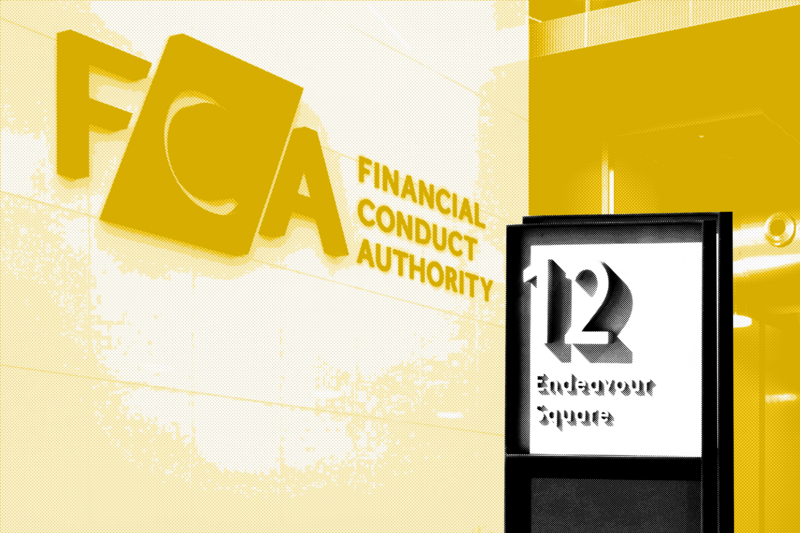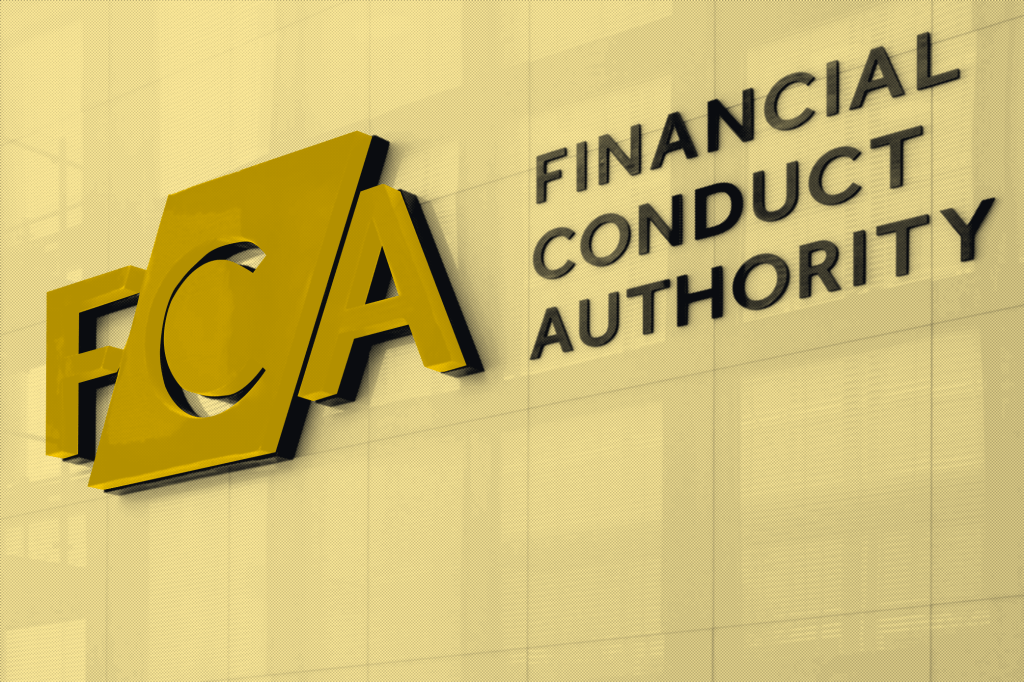The SEC’s Division of Corporation Finance released guidance last Thursday that could allow crypto platforms whose users lend their tokens to help secure the platform – a process known as “staking” – to avoid registering their activities with the Commission.
“It is the division’s view that ‘protocol staking activities’ (as defined below)
Register for free to keep reading
To continue reading this article and unlock full access to GRIP, register now. You’ll enjoy free access to all content until our subscription service launches in early 2026.
- Unlimited access to industry insights
- Stay on top of key rules and regulatory changes with our Rules Navigator
- Ad-free experience with no distractions
- Regular podcasts from trusted external experts
- Fresh compliance and regulatory content every day

















